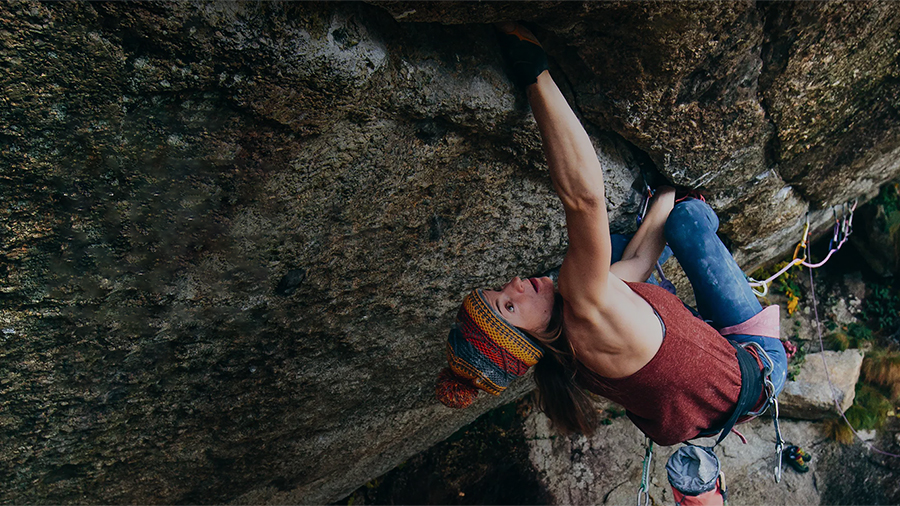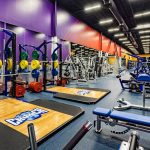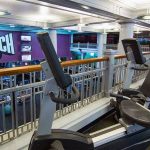Clarus Corp. reported profits jumped 105 percent for the second quarter ended June 30. Sales grew 57 percent, boosted by the acquisitions of Rhino-Rack and Maxtrax, as well as 22 percent organic sales growth. Sales of the Outdoor segment, led by Black Diamond, increased by 17 percent. The company maintained its full-year guidance.
Second Quarter 2022 Financial Summary vs. Same Year‐Ago Quarter
- Record sales of $114.9 million increased 57 percent and 16 percent on a proforma basis;
- Gross margin was 38.0 percent compared to 38.2 percent;
- Net income increased 105 percent to $3.8 million, or $0.09 per diluted share, compared to net income of $1.8 million, or $0.06 per diluted share;
- Adjusted net income before non‐cash items increased 92 percent to $13.1 million, or $0.33 per diluted share, compared to $6.8 million, or $0.20 per diluted share; and
- Adjusted EBITDA increased 51 percent to a record $17.6 million with an adjusted EBITDA margin of 15.3 percent compared to $11.7 million with an adjusted EBITDA margin of 15.9 percent.
The company’s brands include Black Diamond, Rhino-Rack, Maxtrax, Sierra, and Barnes.
Management Commentary
“Clarus’ ‘Super Fan’ brands continued to perform at a high level in the second quarter,” said President John Walbrecht. “Our Precision Sport segment delivered another record quarter as our brands’ premium positioning and product innovations have paved the way for continued market share gains. Demand trends in our Outdoor segment remained strong, led by key Black Diamond categories of apparel, headlamps, trekking poles, and core climbing equipment. Within our Adventure segment, Rhino-Rack continued to experience sales momentum in North America, a market we believe is 10-times the size of its home markets of Australia and New Zealand.
“Somewhat offsetting this broad-based demand, we continued to experience supply chain and logistics challenges in our Outdoor segment, hampering our ability to convert all Black Diamond demand into sales. Delayed deliveries of new vehicles also impacted our ability to maximize sales in our Adventure segment, and we continued to chase component parts in our Precision Sport segment amidst steady demand.
“Overall, our Super Fan brand consumer was resilient despite numerous headwinds in the first half of the year. This resiliency is a key attribute of our activity-based consumer. Combined with our ability to drive innovation across our brands and strong balance sheet, we believe we are poised for another record year in 2022.”
Second Quarter 2022 Financial Results
Sales in the second quarter increased 57 percent to a record $114.9 million compared to $73.3 million in the same year‐ago quarter. The increase includes a revenue contribution of approximately $22.8 million from Rhino-Rack, an acquisition completed on July 1, 2021, and $4.3 million from Maxtrax, an acquisition completed on December 1, 2021. Organic sales were up 22 percent in the second quarter, acquisitions contributed 37 percent and foreign exchange was a 2 percent headwind.
On a constant-currency basis, total sales were up 59 percent.
Sales in the Outdoor segment increased 17 percent to $52.6 million compared to the same year-ago quarter due to demand, slightly offset by supply chain and logistics challenges that impacted the company’s ability to deliver products on time and in full. Precision Sport sales increased 24 percent to $35.2 million, reflecting continued strong demand and outperformance navigating the supply chain environment. Sales in the Adventure segment were $27.1 million in the second quarter of 2022 and reflected strong demand in North America, somewhat offset by lower-than-expected new vehicle availability, which constrained new product sales, especially in the home market of Australia.
Gross margin in the second quarter was 38.0 percent compared to 38.2 percent in the year‐ago quarter. Improvements in channel and product mix were offset by unfavorable freight costs and foreign exchange movements in the Outdoor and Adventure segments. Foreign currency had a negative impact on the gross margin of 80 basis points.
SGA expenses in the second quarter were $35.4 million compared to $20.7 million in the same year‐ago quarter due primarily to the inclusion of Rhino-Rack and Maxtrax, which contributed $9.8 million in expenses. Non-cash stock-based compensation for performance awards was $3.6 million, a $1.7 million increase compared to the second quarter of 2021. The remainder of the increase was driven by investments in the Outdoor segment’s DTC initiatives and higher corporate costs.
Net income in the second quarter increased 105 percent to $3.8 million, or $0.09 per diluted share, compared to net income of $1.8 million, or $0.06 per diluted share, in the prior-year quarter.
Adjusted net income in the second quarter, which excludes non‐cash items and transaction costs, increased 92 percent to $13.1 million, or $0.33 per diluted share, compared to $6.8 million, or $0.20 per diluted share, in the same year‐ago quarter.
Adjusted EBITDA in the second quarter increased 51 percent to a record $17.6 million, or an adjusted EBITDA margin of 15.3 percent, compared to $11.7 million, or an adjusted EBITDA margin of 15.9 percent, in the same year‐ago quarter.
Net cash provided by operating activities for the three months ended June 30, 2022, was $4.5 million compared to net cash provided of $2.9 million in the prior year’s quarter. Capital expenditures in the second quarter of 2022 were $2.2 million compared to $1.9 million in the prior year’s quarter. Free cash flow, defined as net cash provided by operating activities less capital expenditures, for the second quarter of 2022 was $2.3 million compared to $1.0 million in the prior year’s quarter due to higher net income.
Liquidity At June 30, 2022 vs. December 31, 2021
- Cash and cash equivalents totaled $13.9 million compared to $19.5 million;
- Total debt of $149.6 million compared to $141.5 million;
- Remaining access to $274.5 million on the company’s revolving line of credit; and
- Net debt leverage ratio of 1.8x compared to 2.0x.
New Stock Repurchase Program
To maximize shareholder value, Clarus’ board of directors has terminated its $30.0 million share repurchase program, which still had approximately $10.8 million available, replacing it with a new $50.0 million share repurchase program. From a capital allocation strategy, Clarus expects to prioritize organic growth, M&A and its quarterly dividend over share repurchases but will continue to seek to accumulate shares on an opportunistic basis, whether in the open market or through a Dutch auction tender offer.
2022 Outlook
Clarus expects the fiscal year 2022 sales to grow approximately 25 percent to $470.0 million compared to 2021, inclusive of the effect of the strong U.S. dollar, which the company estimates will be a $7 million sales headwind in the second half of the year.
By segment, the company expects Outdoor sales to increase high-single-digits to approximately $237.5 million. The Precision Sport segment is now expected to increase 16 percent to approximately $127.5 million ($112.5 million previously), and the Adventure segment to contribute approximately $105 million ($120 million previously).
The company continues to expect adjusted EBITDA in 2022 to be approximately $78.0 million, or an adjusted EBITDA margin of 16.5 percent. In addition, capital expenditures are still expected to be roughly $9.0 million and free cash flow is now expected to range between $30.0 to $40.0 million ($50.0 to $60.0 million previously).
Net Operating Loss
The company estimates that it has available Net Operating Loss (NOL) carryforwards for U.S. federal income tax purposes of approximately $60.7 million, which includes $39.5 million of NOL carryforwards that expire on December 31, 2022. The company expects to fully utilize the $39.5 million in the current year before expiration.
The company’s common stock is subject to a rights agreement dated February 7, 2008, intended to limit the number of 5 percent or more owners and reduce the risk of a possible change of ownership under Section 382 of the Internal Revenue Code of 1986, as amended. Any such change of ownership under these rules would limit or eliminate the ability of the company to use its existing NOLs for federal income tax purposes. However, there is no guarantee that the rights agreement will achieve the objective of preserving the value of the NOLs.
Photo courtesy Black Diamond
















